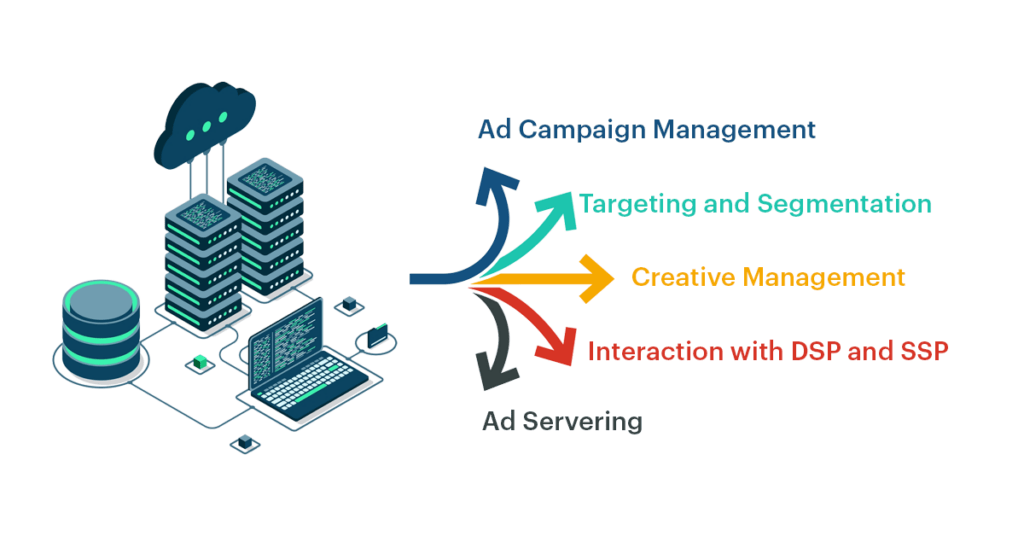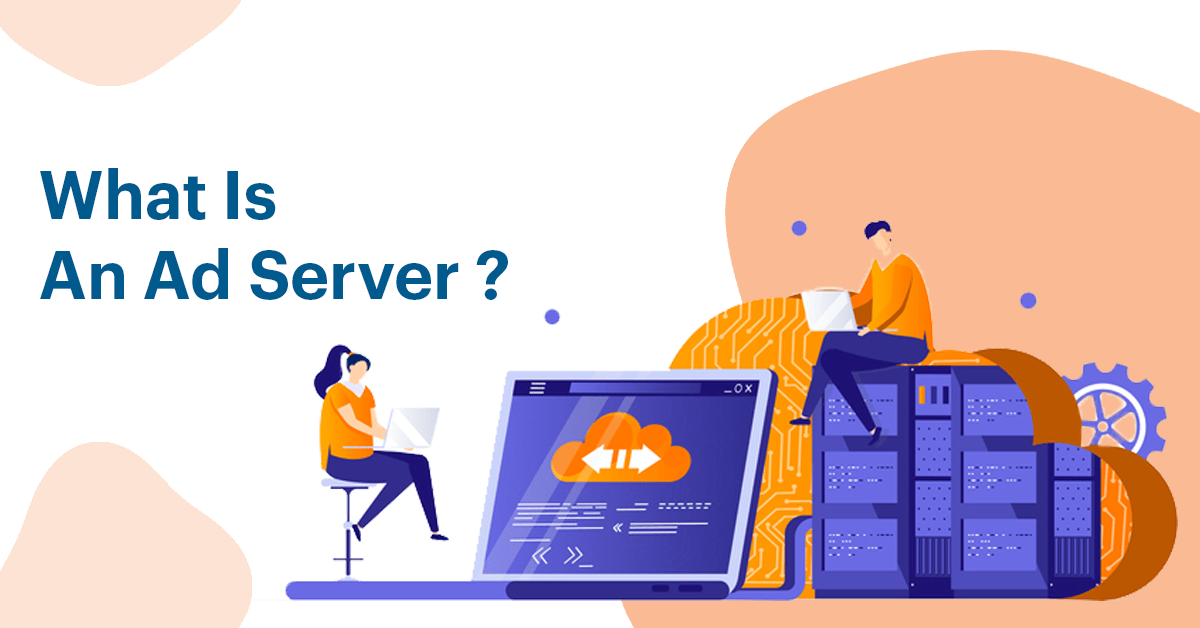Ad servers are crucial for online ads. They help deliver and manage ads for buyers and sellers in paid media. These servers use campaigns targeted by audience, budget, and time to find the best ads to show. They make sure the right ads reach the right people across different devices, stores, and media channels.
What is the Difference Between First-Party and Third-Party Ad Servers?
First-party ad servers are handled by publishers who provide ad space on their sites for both direct and programmatic campaigns. They accept various creative assets to fill their ad inventory, using customizable parameters to target specific audiences and track performance through metrics like clicks, impressions, and visibility.
Conversely, external entities manage third-party ad servers, allowing advertisers greater control over their creatives to reach their target audiences and campaign goals. These servers centralize campaign management and performance measurement across multiple publisher sites, ensuring ads engage viewers across different platforms.
How Does an Ad Server Work?
While users browse the web and listen to podcasts or stream videos, ad servers exchange information with each other to display a digital advertisement in just a few seconds. When a user opens a web page it calls the web server of the publisher for the site’s content. This loops through ads servers to display the most relevant ads altering the parameters for campaigns and easing the buying and the planning process for digital ads.

What is Ad Server Technology?
Ad server technology is a form of advertising technology used to deploy and optimize digital campaigns. It involves building brand-specific creatives and automating their delivery to target audiences. This technology relies on servers interacting to programmatically buy, sell, and place ads in front of the most relevant audiences at optimal times across various media channels. Ad server capabilities include delivering ads in visual, audio, and interactive formats and enhancing digital customer journeys throughout advertising campaigns.
How Ad Servers Integrate with DSP and SSP?
Advertisers utilize the demand side platforms to access the publisher’s inventory and buy ad spaces for video, display, and mobile carousels. For example, Amazon DSP enables advertisers or agencies to purchase ads for placement on Amazon sites, other websites, and third-party sites, as well as on exchanges. Buyers employ demand-side platforms (DSPs) to perform an auction to gain the right to buy digital ad inventory and place ads on channels visible to end users, called publisher ad servers. For example, Performoo Publisher Services provides tools that allow content and inventory owners to maximize profits from their content/inventory while balancing advertisers’ spending on digital media.
Programmatic buying and selling could only exist with ad server networks, DSPs, and SSPs that enable flexibility in the buying and selling ads.
What are Examples of Ad Servers?
It is possible to find many ad servers, Performoo Ad Server is one of efferent and best. It is a third-party digital ad-serving solution that is multi-channel in nature and developed for advertisers and agencies to implement campaigns about digital advertising.
Popular ad servers
1. Google Ad Manager
A comprehensive ad management platform that combines the features of DoubleClick for Publishers (DFP) and Ad Exchange.
Key Features: Advanced targeting, detailed reporting, programmatic ad sales.
2. Performoo
Ensure precise Ad Targeting, robust analytics, and seamless integration for maximum campaign effectiveness.
Key Features: Personalized ad delivery, cross-channel tracking, detailed performance insights.
3. AdButler
A versatile Ad Serving platform for publishers, advertisers, and networks.
Key Features: Customizable ad units, real-time analytics, flexible targeting options.
4. OpenX
A robust Ad Server and programmatic advertising exchange.
Key Features: High scalability, detailed analytics, header bidding capabilities.
5. Epom Ad Server
A full-featured Ad Serving and management platform for publishers, advertisers, and ad networks.
Key Features: Real-time analytics, advanced targeting, and retargeting options.
How Do Ad Servers Make Money?
Ad servers generate revenue through event-driven delivery metrics, such as cost per impression, per click, and conversion when displaying ads. Additional revenue streams come from managed services, training and support, and advanced measurement and analysis features. Fees for ad servers are typically based on the number of ad impressions and can also include costs associated with clicks that lead to purchases.
Ad servers are considered crucial for the operation and effectiveness of the digital advertising campaigns. They optimize the delivery, monitoring, and evaluation of advertisements, thus enabling organizations to target their consumers efficiently. Selecting a proper ad server can make a huge difference to the ad as well as the outcome achieved.

